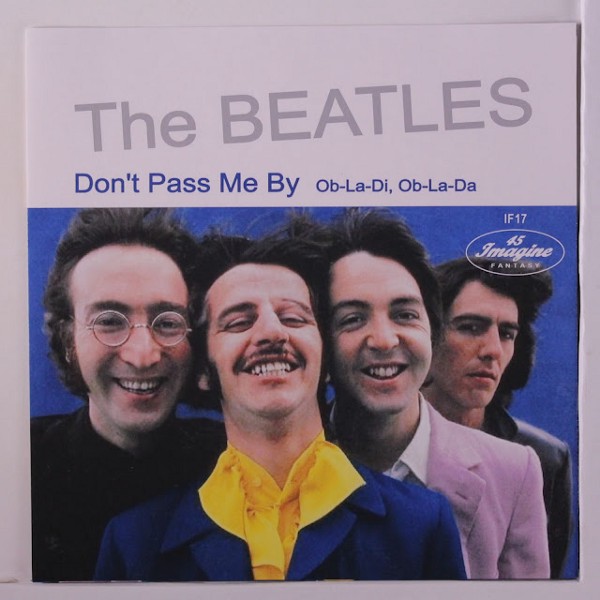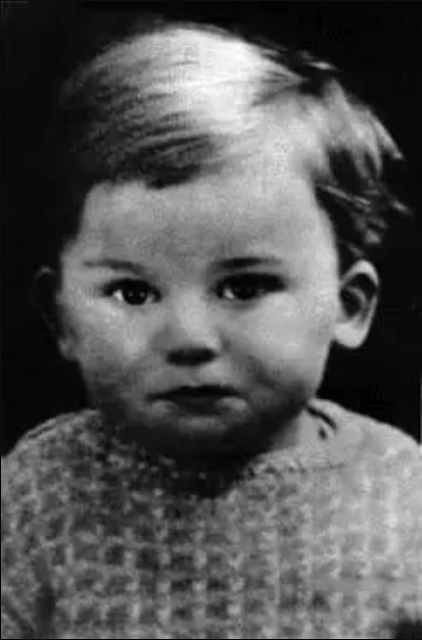Who wrote Those Were the Days?
Even at the height of his fame, Paul McCartney enjoyed writing songs for other artists, especially female singers. Often, he did this unbidden, offering Cilla Black Step Inside Love for her first TV show, for example. He was also the most musically adventurous of The Beatles - and eclectic in his taste.
He first heard Those Were the Days in The Blue Angel club in London. The singer was Gene Raskin, a New York-based folk singer with Russian roots. McCartney liked the song and offered to produce a recording by Mary Hopkins, a young Welsh folk singer recently signed by the new Apple label.
Copyright
McCartney assumed that Those Were the Days had been written by Raskin. In fact, the copyright situation was complex and would become the subject of a legal battle.
The tune is that of the Russian romance song "Dorogoi dlinnoyu" [ru]("Дорогой длинною" Tr: "By the long road"). This may be considered tradtional, though it is sometimes credited to Boris Fomin (1900–1948). The Russian words were by the poet Konstantin Podrevskyn.
Raskin supplied a new lyric. This was not a translation but a new setting inspired by the music.
Paul's production
McCartney kept Raskin’s lyric and an existing arrangement by Richard Hewson. His production tried to capture a klezmer feel and uses unusual instrumentation for a pop song. A balalaika, clarinet, hammered dulcimer or cimbalom, tenor banjo are all included. There is also a children's chorus.
Influence
Today such mixing of musical traditions is commonplace - but this was not the case in the 1960s. Records like Norwegian Wood, Love You Too and Those Were the Days were ground-breaking in that they accustomed audiences to unfamiliar instruments and arrangements.
With Those Were the Days McCartney's production played a key role in creating a commercial, radio-friendly hit single. It highlights clear melodic line and ‘hook’ - key ingredients in early Beatles singles. These would take the song to number one in the UK charts.
Interestingly, Those Were the Days was the second song recorded on Apple. Like the first - Hey Jude - it is unusually long for a single at this time: the recording comes in at just over five minutes. The Beatles had rewritten the rules about radio-play.


